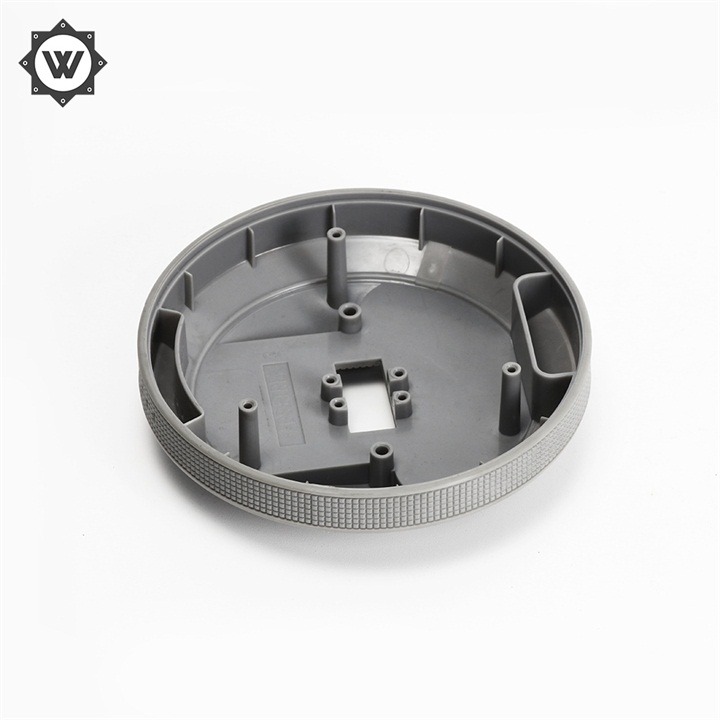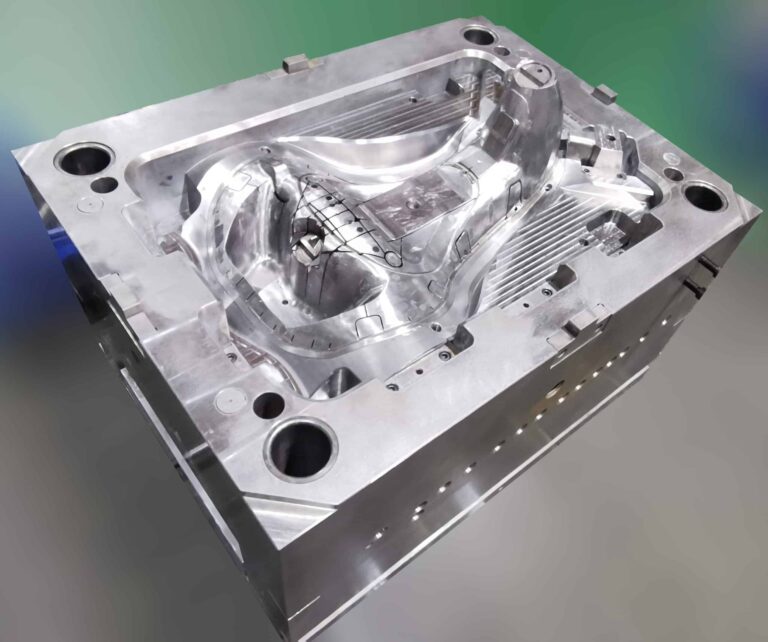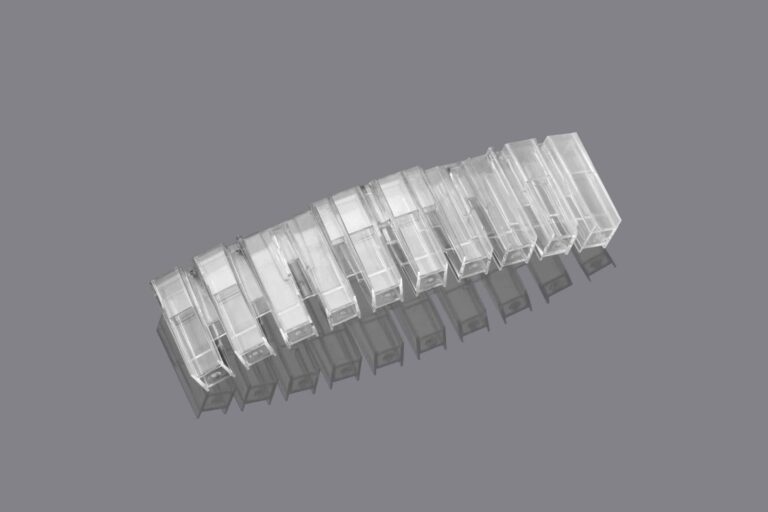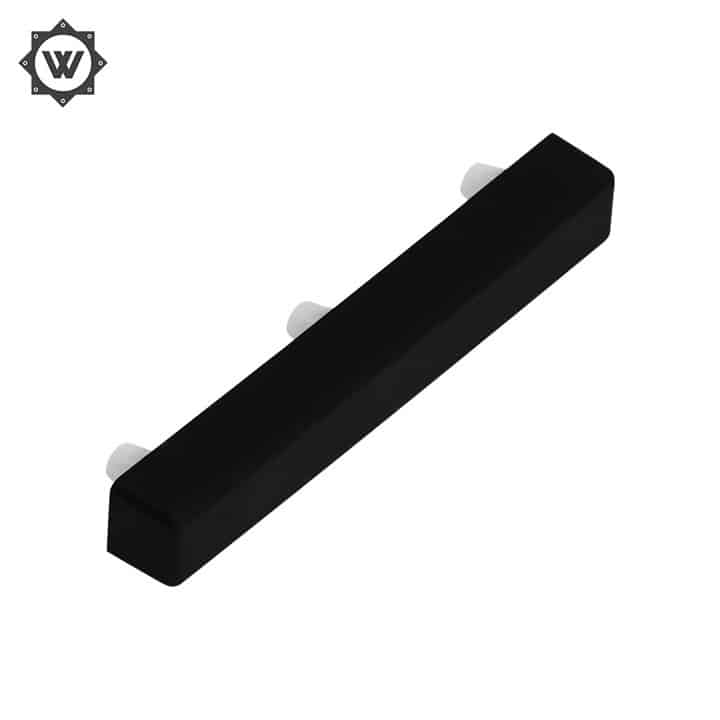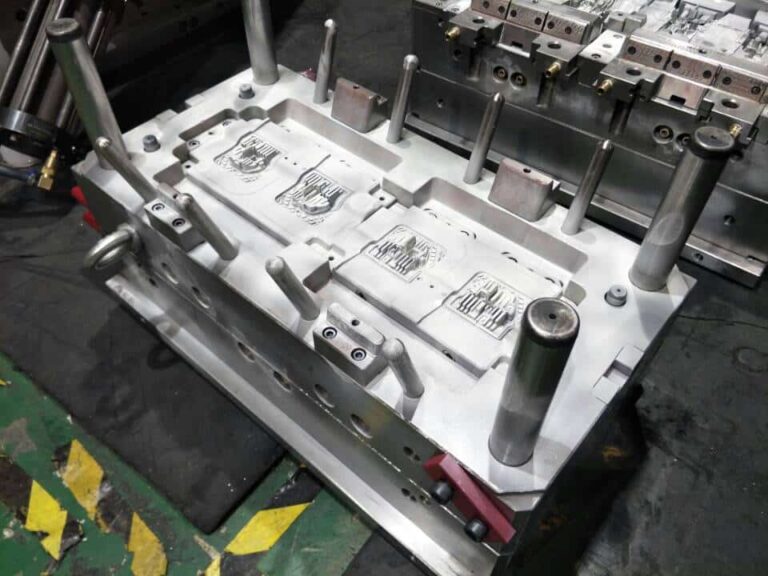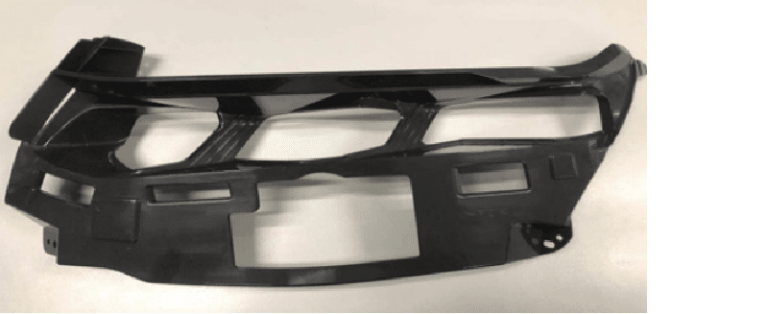How to reduce the harm of mold temperature machine to product quality?
The injection mold temperature machine is used to control the mold temperature of the injection molding machine and heat the oil or water to the temperature required for product molding.
1. The plastic has no physical quantity of heat shrinkage and cold shrinkage, and some undesirable defects such as shrinkage, bubble, crack, deformation, crazing, poor lightness, unsmooth, and flaw are often seen outside the molding process of the product. The main reason for these undesirable signs is that the mold temperature is not appropriate before the product is molded, and the mold temperature cannot reach the product molding temperature during molding.
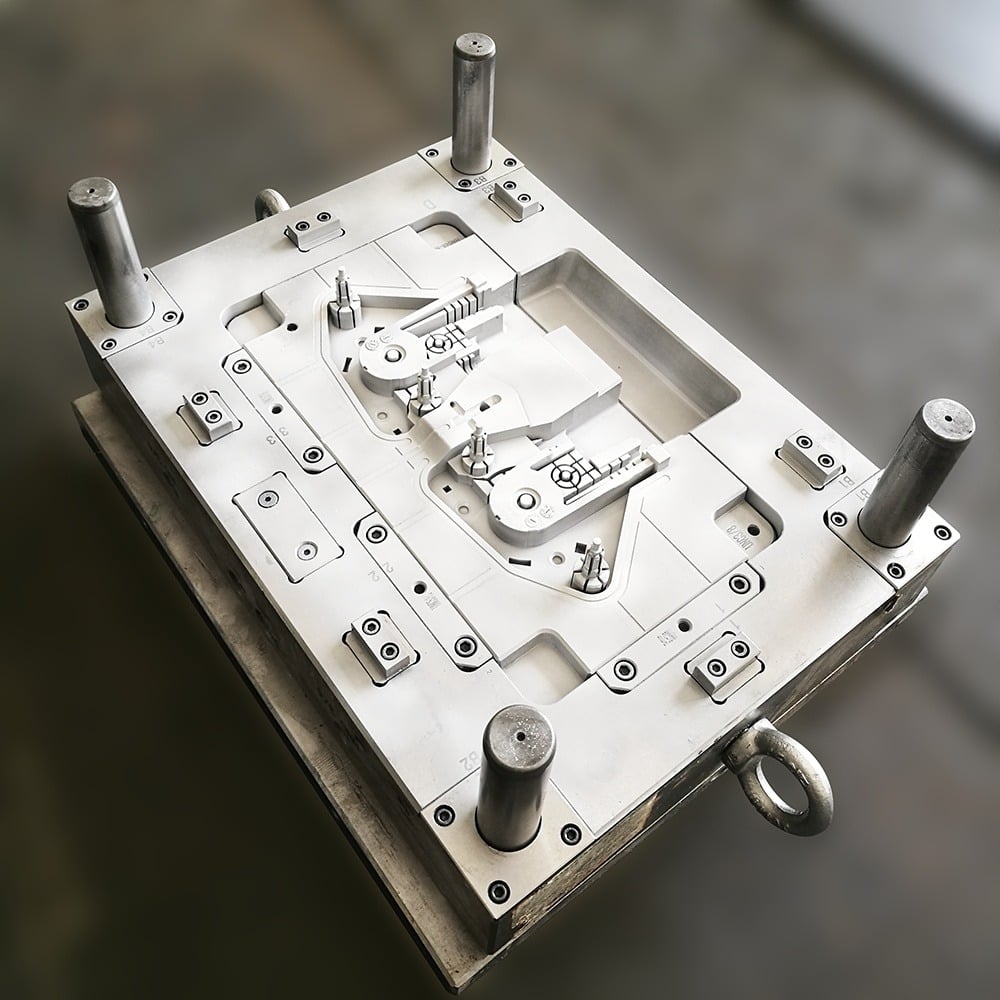
Engineering plastics such as PC, PA, PBT, etc. have high requirements for temperature. The heat of the injection molding machine itself cannot meet the optimal temperature necessary outside the molding process. The injection mold temperature can rapidly increase the mold temperature, and can automatically schedule and ensure the mold temperature stability according to the temperature not required by the material, so as to reduce the occurrence of defective products.
2. Keep the mold temperature in the best state, the mold will not overheat and stick to the mold, improve the dimensional accuracy and surface finish of the injection molded parts, prevent the compression of the injection molded parts from causing cracks, and can also better produce thin-walled injection molded parts.
3. The effect of the mold temperature machine is to heat the mold, maintain its working temperature, ensure the quality of injection molded parts and shorten the production cycle. In the injection molding industry, mold temperature machine plays a decisive role in the quality and injection cycle of injection molded parts.
In the plastic industry, how to reduce the harm of mold temperature machine to product quality?
1. The heat balance control of injection mold is the key to the production of injection molding parts. Inside the mold, the heat brought by plastics (such as thermoplastic plastics) is transferred to the materials and steel of the mold through thermal radiation, and transferred to the heat conducting fluid through convection. In addition, heat is transferred to the atmosphere and the mold base through thermal radiation. The heat absorbed by the heat conducting fluid is taken away by the Olante model temperature machine. The heat balance of the die can be described as: P=Pm - Ps. In the formula, P is the heat taken away by the mold temperature machine; Pm is the heat introduced by plastic; Ps is the heat emitted by the mold to the atmosphere
2. The purpose of mold temperature control and the influence of mold temperature on injection molded parts In the injection molding process, the main purpose of mold temperature control is to heat the mold to the working temperature, and to keep the mold temperature constant at the working temperature. If the above two points are successful, the cycle time can be optimized to ensure the stable and high quality of injection molded parts. Mold temperature will affect surface quality, fluidity, shrinkage, injection cycle and deformation;
3. The temperature control system is composed of three parts: mold, mold temperature machine and heat conducting fluid. In order to ensure that heat can be added to or removed from the mold, all parts of the system must meet the following conditions: first, in the mold, the surface area of the cooling channel must be large enough, and the diameter of the flow channel must match the capacity of the pump (pump pressure). The temperature distribution in the cavity has a great influence on the deformation and internal pressure of the part. The reasonable setting of cooling channel can reduce the internal pressure, thereby improving the quality of injection molded parts;
4. It can shorten the cycle time and reduce the product cost. Secondly, the mold temperature machine must be able to keep the temperature of the heat conducting fluid within the range of 1 ℃ – 3 ℃, depending on the quality requirements of the injection molded parts. The third is that the heat conduction fluid must have good heat conduction capacity. The most important thing is that it can import or export a large amount of heat in a short time. From a thermodynamic point of view, water is obviously better than oil.

